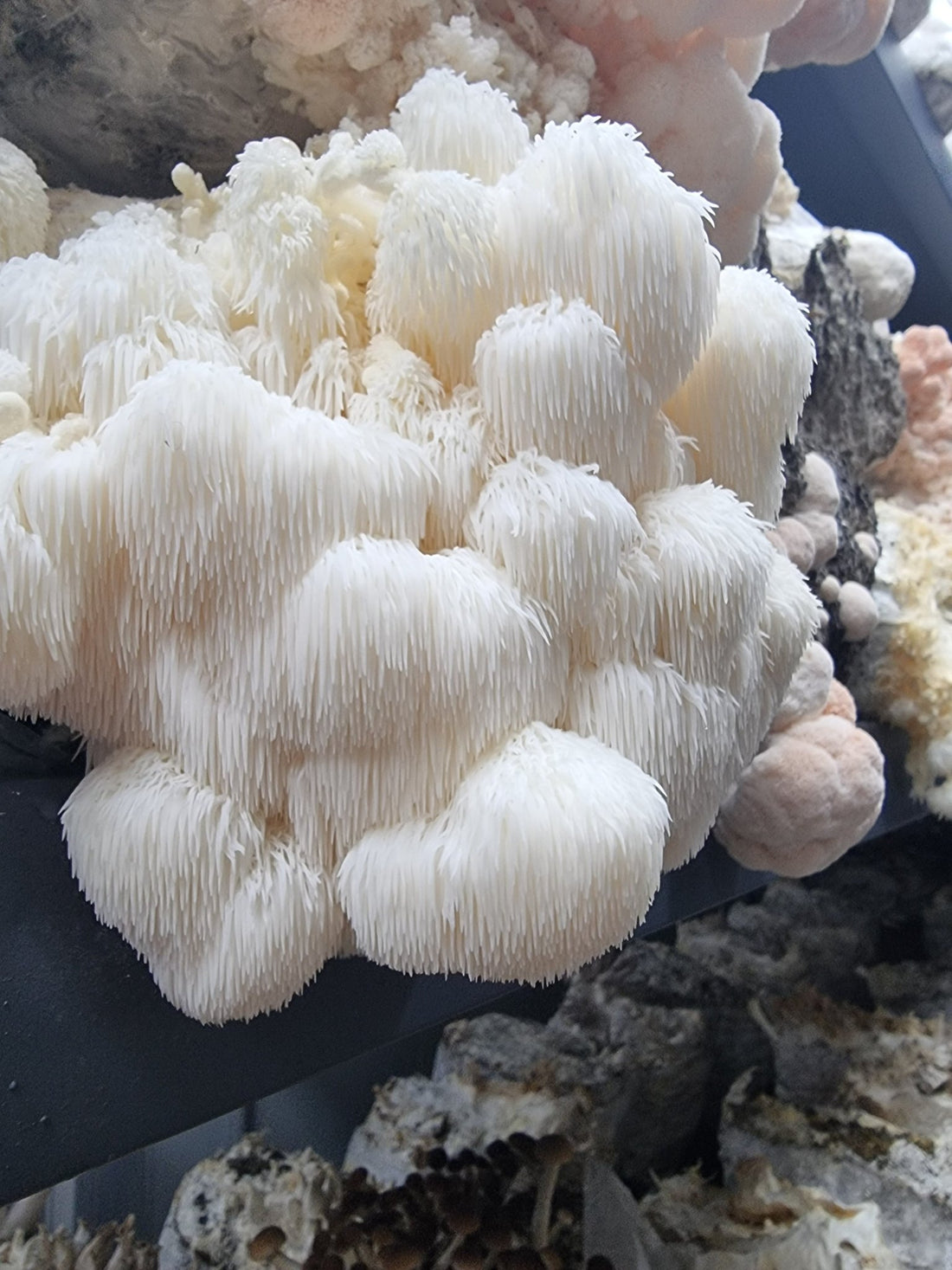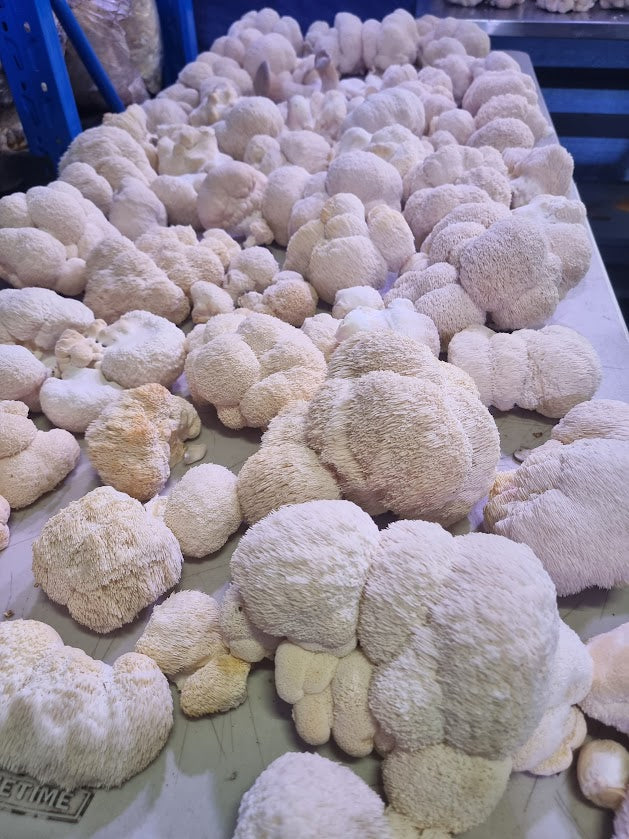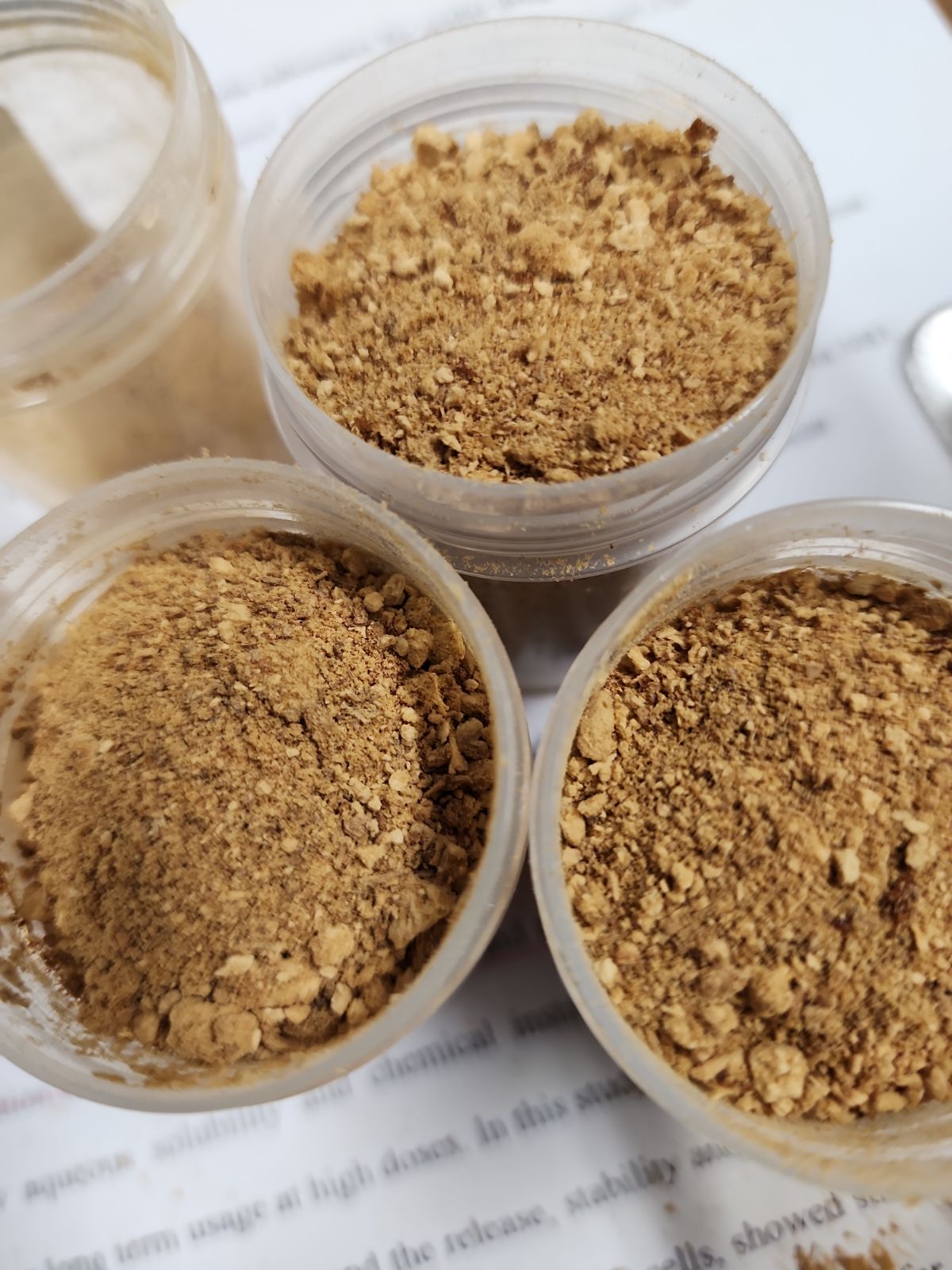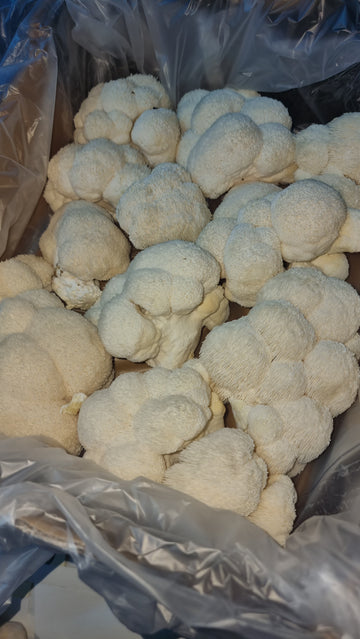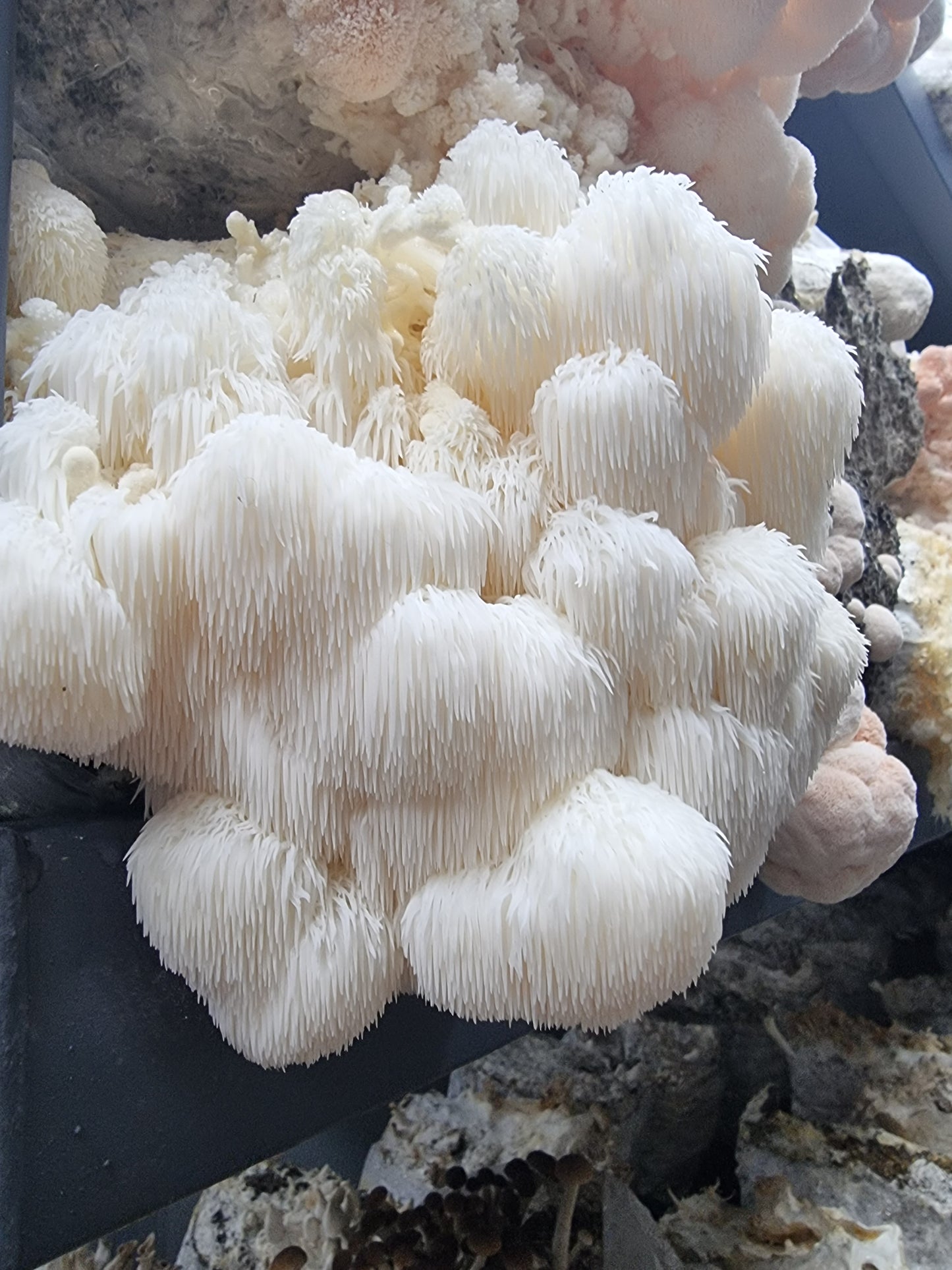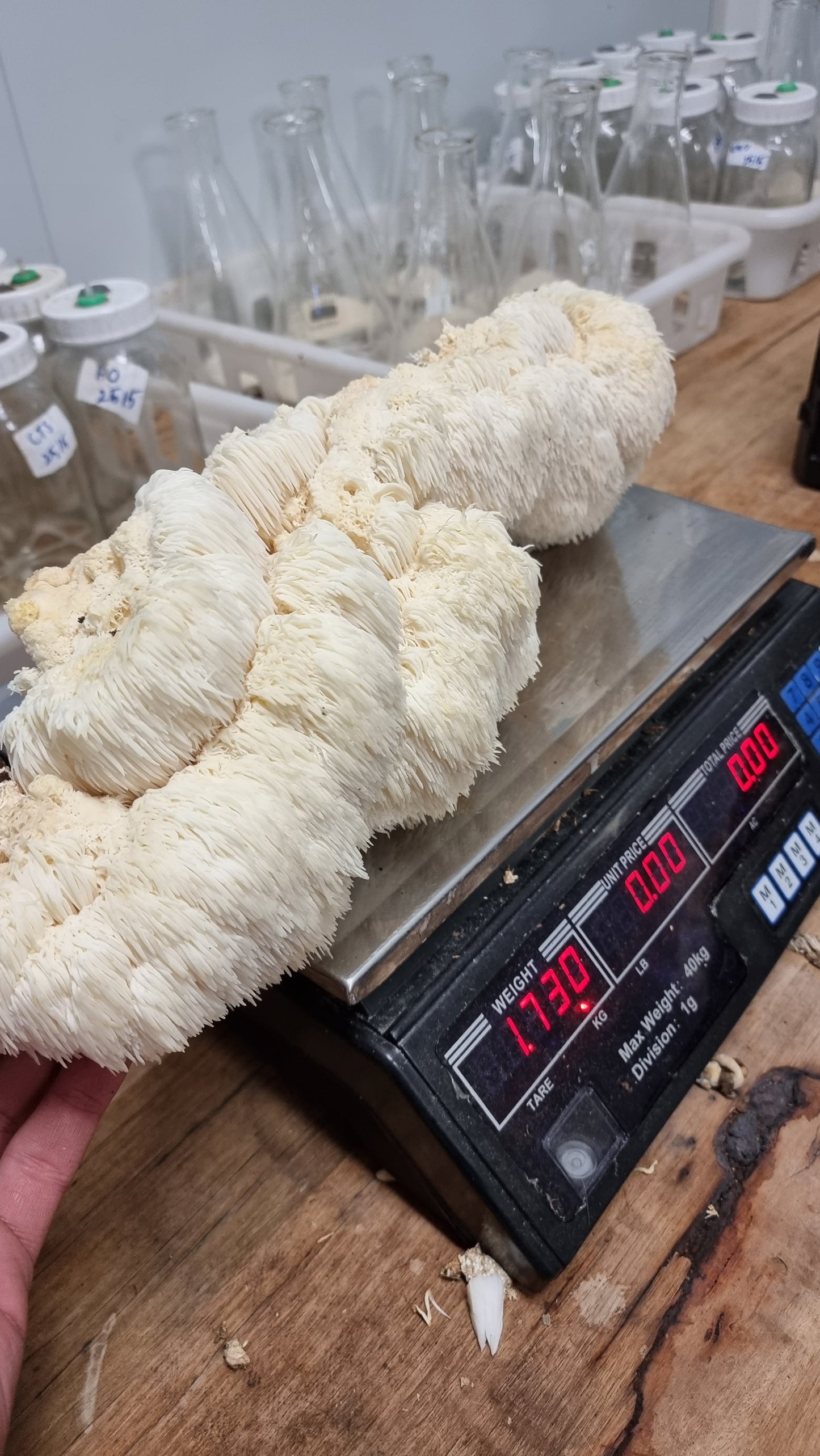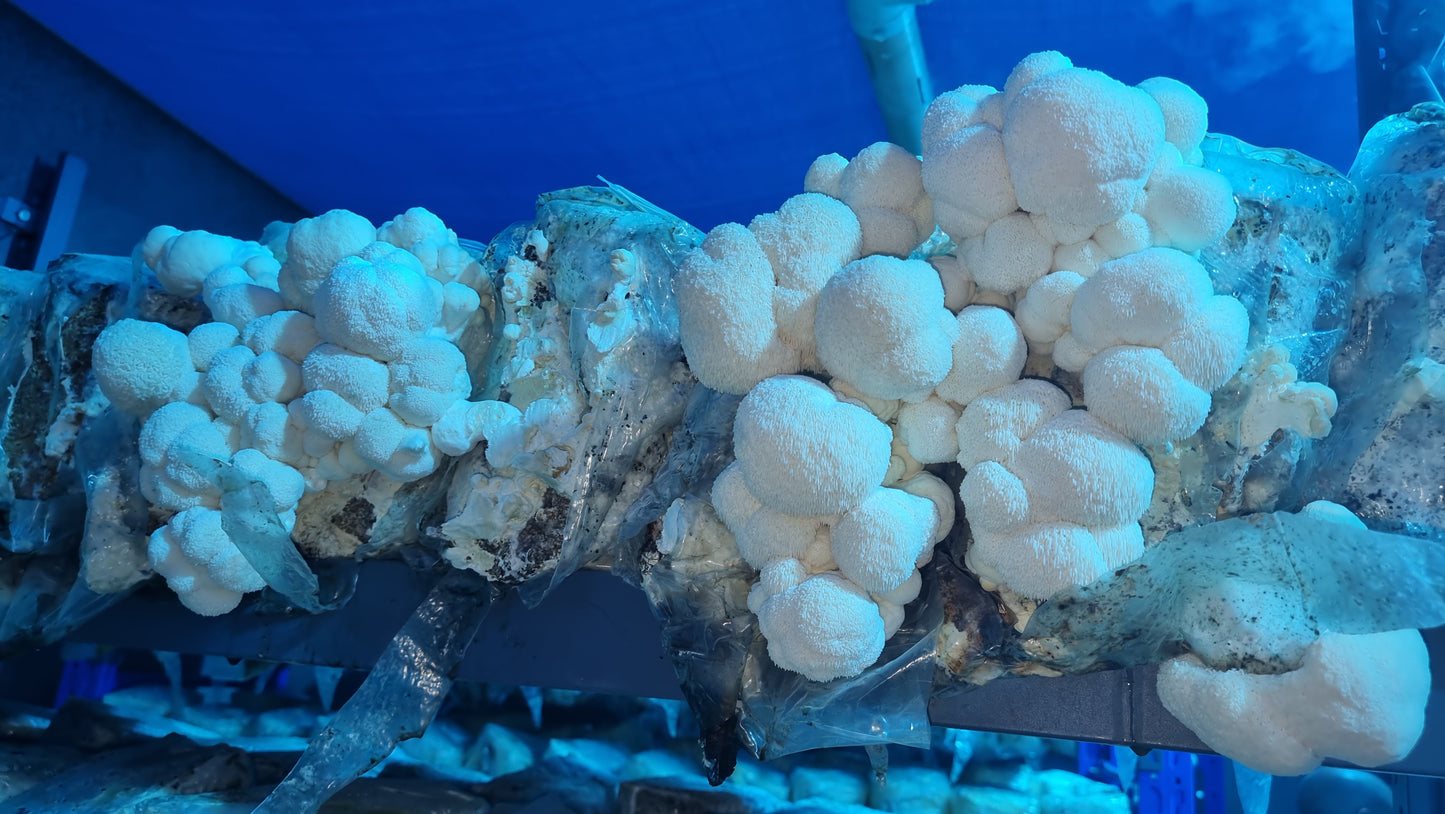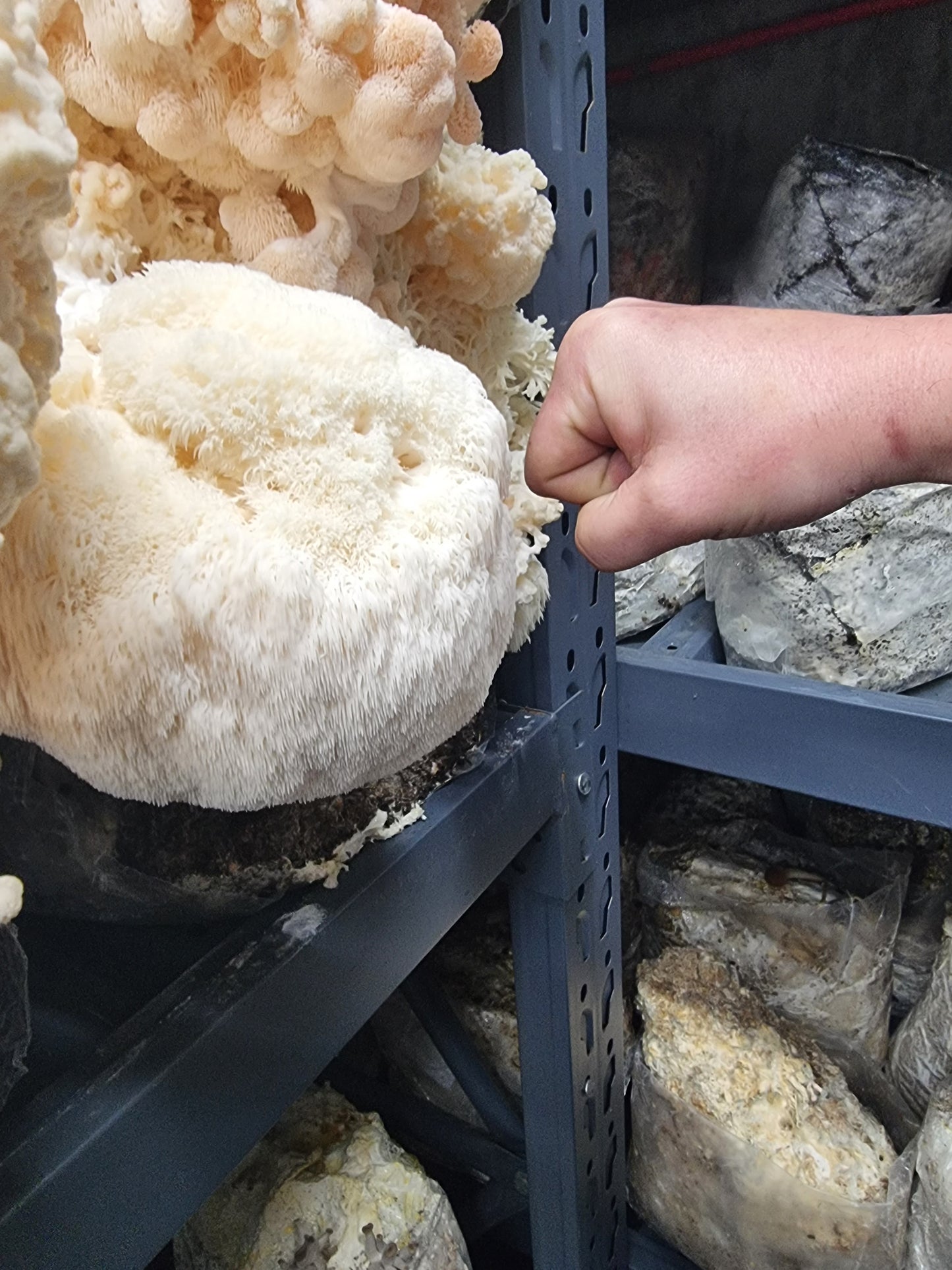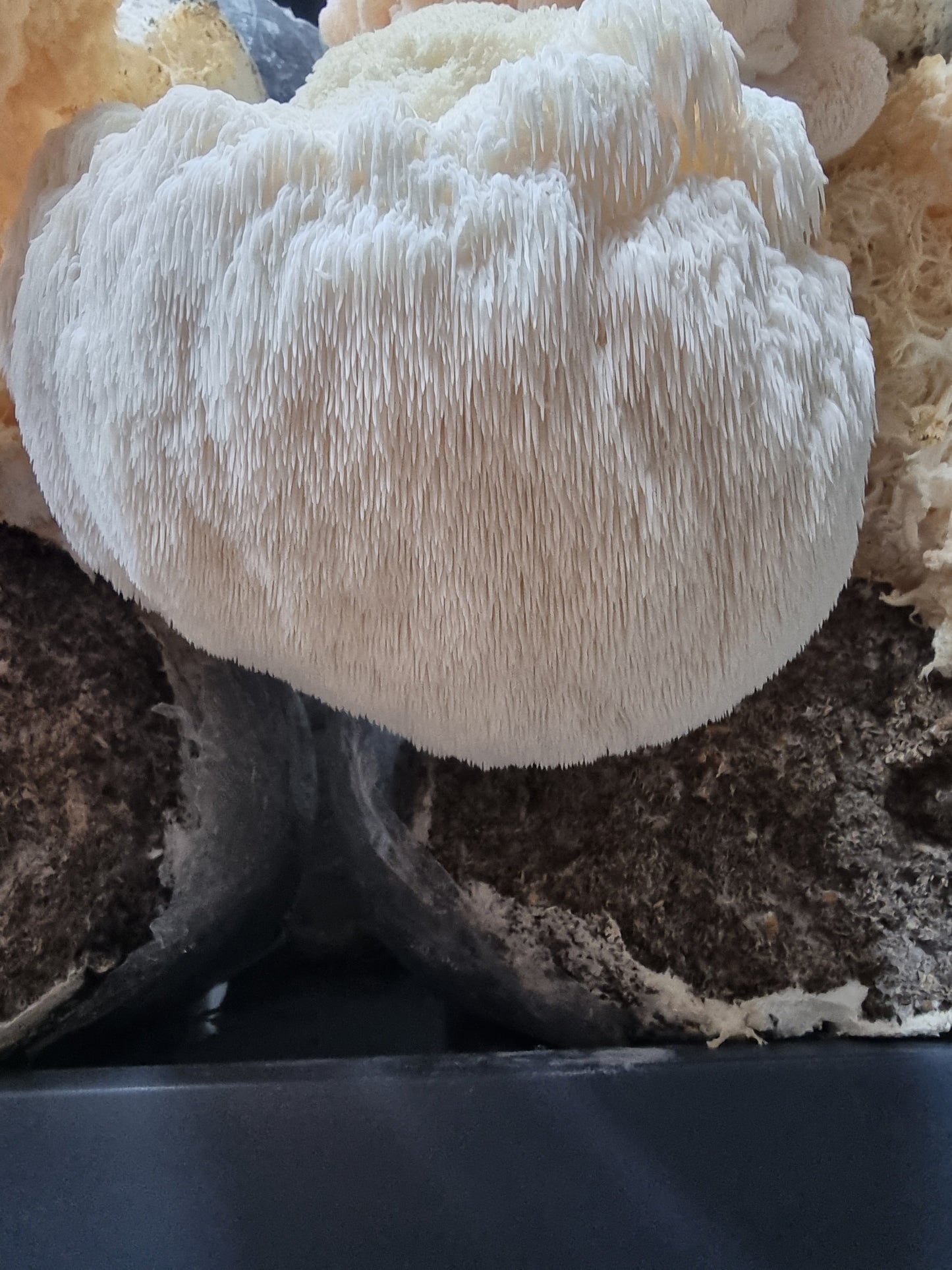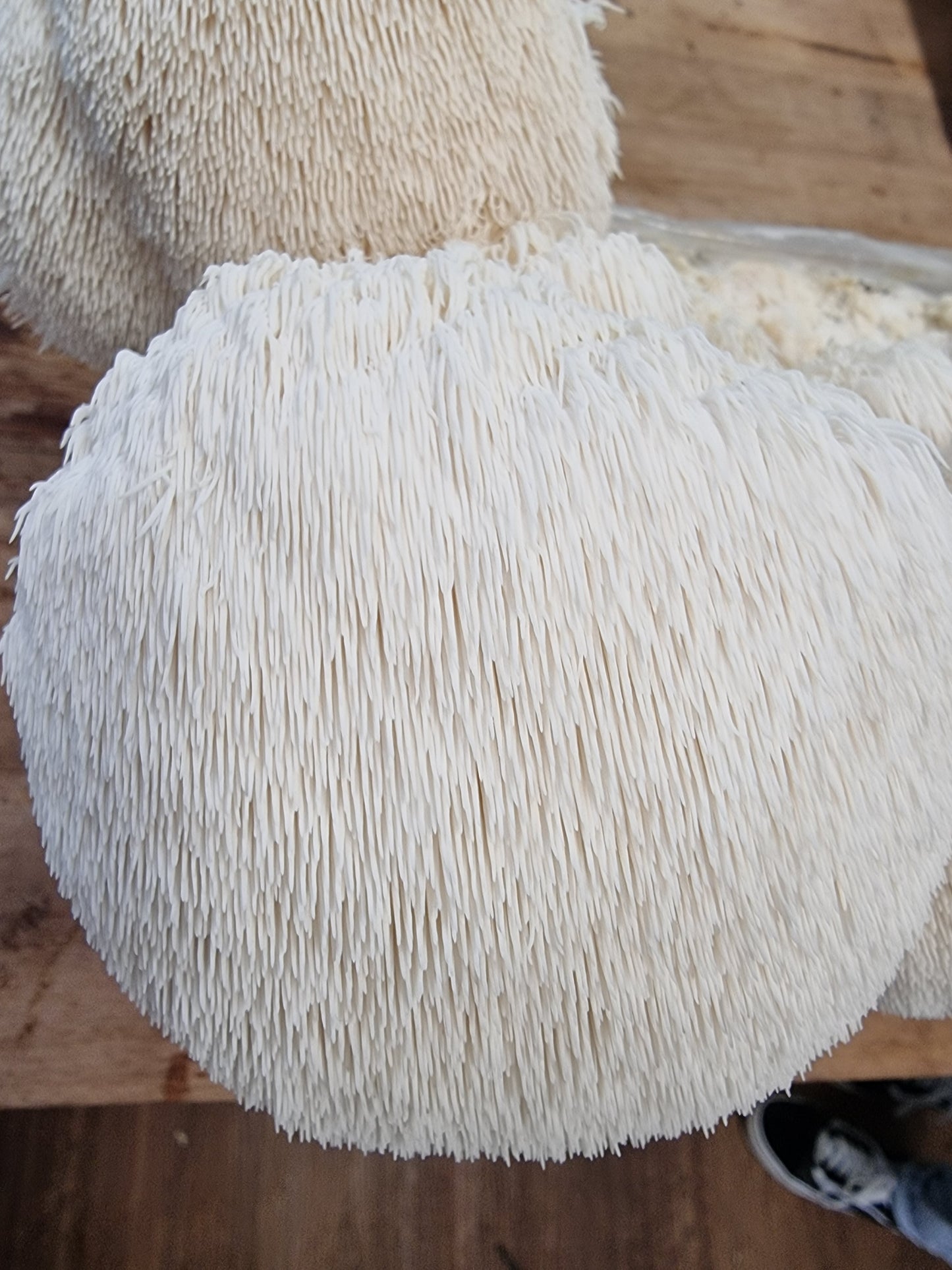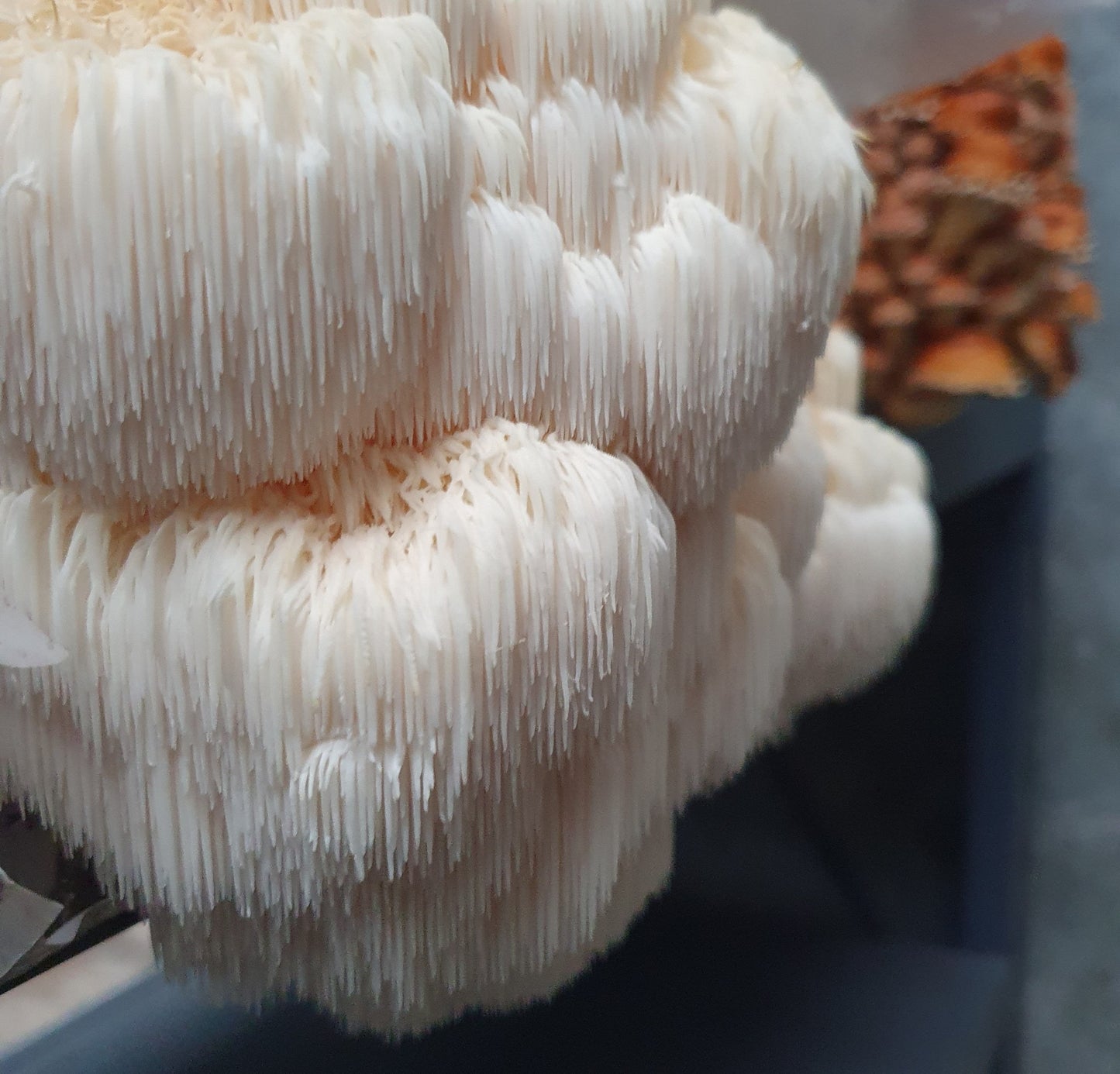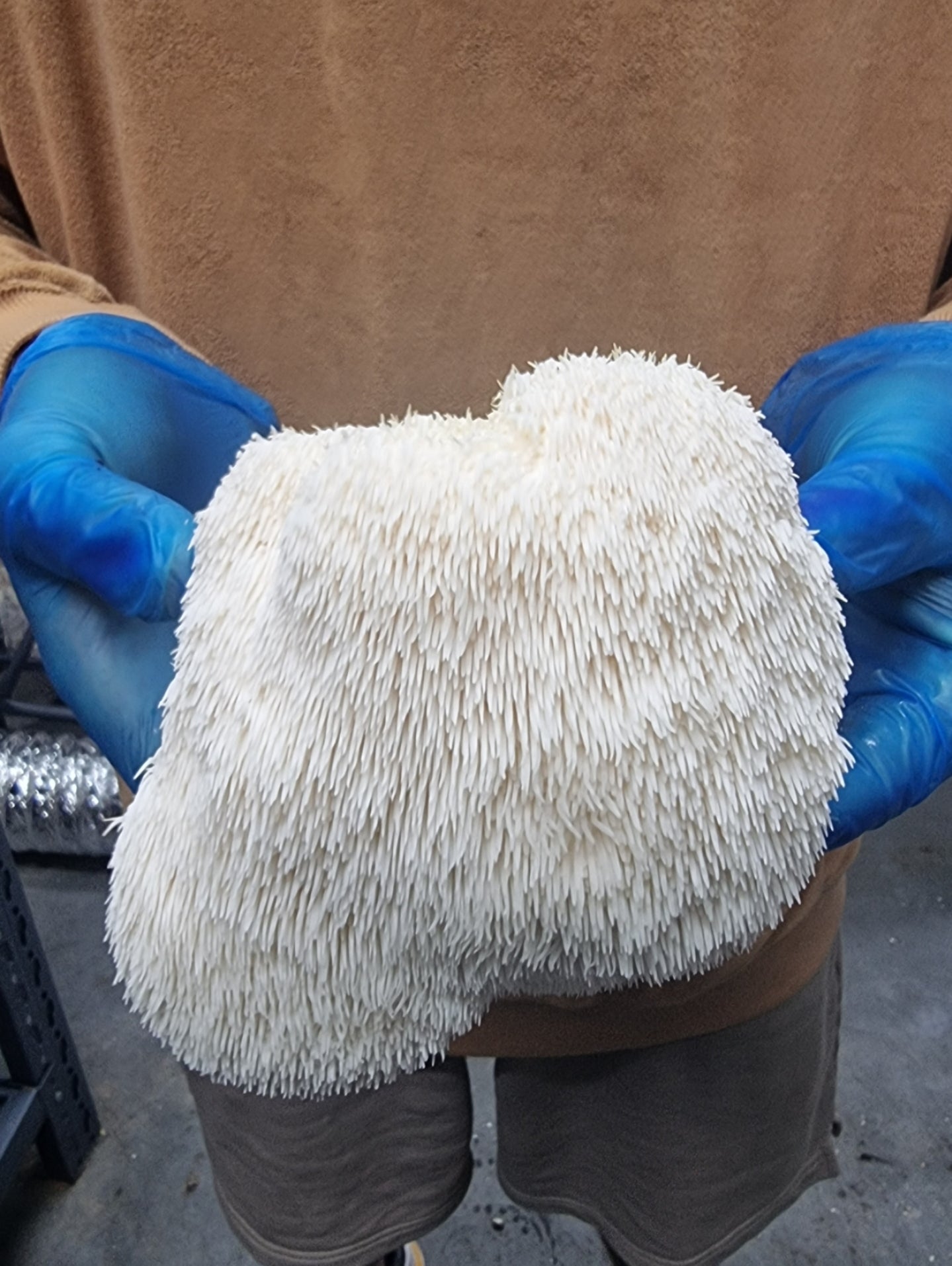The world of fungi, specifically mushrooms, holds a magical appeal for many.
A realm often undervalued, it yields a vast array of medicinal, nutritional, and ecological benefits.
One potential challenge to entering this domain lies in the perplexing scientific names. Yet, with a bit of understanding, one realizes that these seemingly complex titles are not that hard to decipher and are, in fact, useful.
In this article, we'll explore the scientific nomenclature of six popular functional mushrooms.
1. Turkey Tail: Trametes Versicolor

Beginning our exploration with a visually stunning specimen, let's examine the Turkey Tail mushroom, scientifically known as Trametes Versicolor.
Its name offers a clue to its physical appearance. 'Trametes' translates to 'the thin one,' highlighting its slender, shelf-like cap.
Simultaneously, 'Versicolor' indicates 'many colors,' pointing towards the vibrant bands adorning its surface.
The turkey tail is a fascinating find, with a name as colorful as the mushroom itself.
2. Reishi: Ganoderma lucidum

Next on our mushroom journey is the Reishi or Ganoderma lucidum, a species hailed for its medicinal properties.
The Latin name 'Ganoderma' breaks down into 'Gano' (shiny) and 'Derma' (skin), describing the mushroom's naturally polished appearance. 'Lucidum,' derived from 'lucidus,' implies brilliance, further emphasizing the glossy exterior.
This moniker mirrors the elegance and allure of this radiant mushroom.
3. Lion’s Mane: Hericium erinaceus

Hericium erinaceus, more commonly known as Lion's Mane, offers a splendid example of scientific names reflecting physical traits.
Both 'Hericium' and 'erinaceus' point towards 'pertaining to hedgehog.' This description perfectly fits the mushroom's distinctive spiky appearance.
However, remember not to confuse it with the entirely different mushroom species sharing the common name 'hedgehog mushroom'!
4. Maitake: Grifola frondosa

The Maitake mushroom, Grifola frondosa, has a scientific name summarizing its visual appeal. 'Grifola' implies 'grouped together,' symbolizing the mushroom's overlapping folds, while 'frondosa' translates to 'leafy,' portraying its delicate, layered texture.
The name effectively captures the essence of this delectable mushroom, admired both for its culinary and functional uses.
5. Chaga: Inonotus obliquus

Navigating further into the world of mycology, we meet the Chaga mushroom, or Inonotus obliquus. 'Inonotus' signifies 'fibrous ear,' a tribute to the mushroom's woody texture. 'Obliquus' signifies 'at an angle,' demonstrating the peculiar angle the mushroom's fruiting body adopts when growing on its host tree.
Despite the complicated spelling, the name wonderfully communicates this hardy mushroom's unique attributes.
6. Cordyceps: Cordyceps militaris

Lastly, we encounter Cordyceps militaris. Here, the common name 'Cordyceps' mirrors the genus name of the species. 'Cordy' translates to 'club,' and 'cep' to 'head.'
Together, they illustrate the mushroom's club-headed shape. 'Militaris' signifies 'soldier-like,' adding to the image of the fungi as a battalion of tiny, club-wielding warriors.
Conclusion
Undeniably, the scientific names of mushrooms, though initially daunting, are nothing more than simple, descriptive terms that provide valuable information about the fungi.
These names encapsulate essential characteristics and sometimes, behavior of the species, making them easier to understand, identify, and appreciate.
The Latin binomials serve as a universal language, enabling clear communication about specific species, while eliminating confusion caused by varying regional common names.
Although one need not master Latin or mycology to relish the beauty and benefits of mushrooms, a basic comprehension of their scientific nomenclature can enrich your fungal exploration.
Remember, the world of fungi is both intriguing and expansive. Each scientific name represents a unique entity in this diverse kingdom, ready for you to discover and learn.

